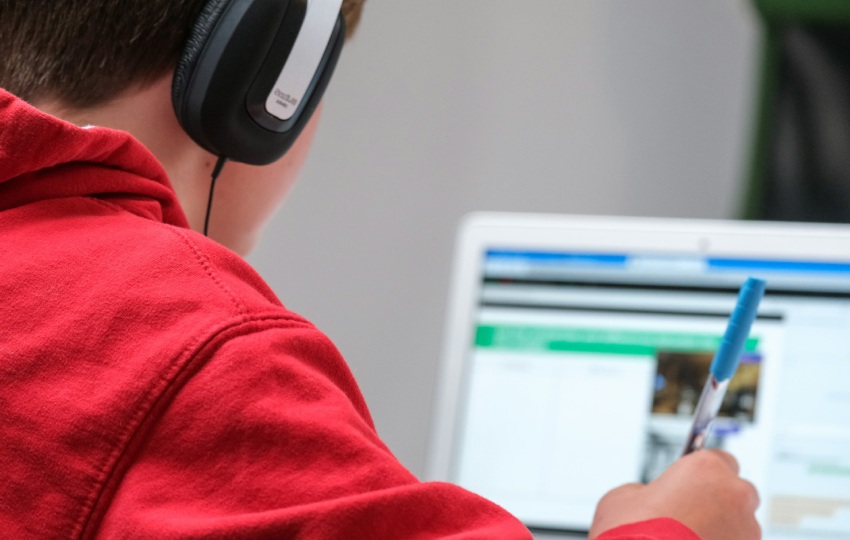The Growing Importance of Learner-Centered Digital Environments
With the rise of digital education, creating environments tailored to students’ individual needs has become increasingly important. A learner-centered approach in digital education prioritizes each student’s needs, preferences, and learning styles, aiming to enhance both engagement and academic outcomes. This shift from traditional teaching methods requires educators to have the right tools and knowledge to design effective digital learning spaces.
Integrating UX Design into Digital Education
User Experience (UX) design, which is traditionally applied in technology and web development, plays a crucial role in enhancing digital education. By adopting UX design principles, teachers can create digital environments that are not only functional but also engaging and accessible. This approach ensures that students can easily navigate digital platforms, find content that resonates with their learning style, and stay motivated throughout their educational journey.
Incorporating UX design into education is not merely about making digital tools available; it’s about creating a meaningful experience for students. For example, the layout of an online course, the ease of accessing materials, and the way feedback is provided can all significantly impact a student’s learning experience. By focusing on these aspects, teachers can make digital learning more effective and enjoyable.
Read more: Understanding the Importance of UX Design in Modern Education(Opens in a new browser tab)
The Crucial Role of Teachers and Trainers
Teachers and trainers are pivotal in this transformation toward learner-centered digital education. They are the ones who understand their students’ needs and are best positioned to design digital environments that meet these needs. However, this requires educators to expand their skill sets to include UX design principles, enabling them to create digital spaces that enhance learning.
The UX@School project, an initiative supported by Erasmus+, has recognized this need and developed resources to support educators. Through tools like the Online Tracking System and the UX@School MOOC, the project empowers teachers to monitor student interactions with digital materials, gather feedback, and continuously improve the learning experience.
Insights from the UX@School Project
The UX@School project gathered valuable data through focus groups and surveys conducted across Italy, Bulgaria, Spain, Greece, and Lithuania. With 28 teachers and UX design experts participating, the project highlighted the growing need for resources that help educators integrate UX design into their digital teaching practices. Furthermore, a survey involving 133 students across these countries revealed the diverse needs and expectations of students in digital learning environments.
These findings underscore the importance of providing teachers with the right tools and training. When teachers are equipped to design learner-centered digital environments, students benefit from more engaging and personalized learning experiences, which can lead to improved academic performance and greater satisfaction with their educational journey.
Tools for Enhancing Digital Education
The UX@School project offers practical solutions to help teachers enhance their digital teaching practices. The Online Tracking System, for instance, allows educators to monitor how students interact with digital learning materials in real time. This feedback is invaluable for making necessary adjustments that align with student needs.
Additionally, the UX@School MOOC will provide comprehensive training for educators on how to apply UX design principles in their digital classrooms. This course covers everything from the basics of UX design to practical strategies for creating effective digital learning environments. By participating in this training, teachers can gain the skills needed to create digital classrooms that are engaging, accessible, and tailored to the needs of their students.
Download the UX@School Handbook
For educators eager to improve their digital teaching practices, the UX@School handbook is an essential resource. It provides practical guidance on designing learner-centered digital environments using UX design principles, along with tools and templates that can be immediately applied in the classroom.
If you’re ready to enhance your digital teaching and create a more engaging learning experience for your students, don’t miss out on this valuable resource. Download the UX@School handbook today and start transforming your digital classroom.
You can download and read the UX@School Handbook in English and Greek.

